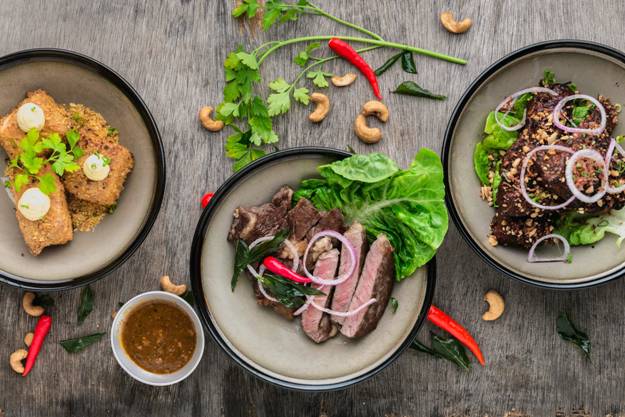What kind of chef does not have a chopping board? That’s a question anyone reasonable would want to ask. Whether cooking professionally or at home for friends and family, choosing the right chopping board is crucial with such a broad range of materials. Thankfully, there are color-coded chopping boards that will make things even simpler and easier to understand!
Is it necessary to have all those color-coded chopping boards, though? No, not really. However, we recommend having at least two (2) boards to separate the raw and cooked foods. What for? It’s for minimizing the risk of cross-contamination. For professional kitchens, though? That’s a different story. The professional kitchen needs to have at least one full set.
The Rationale
You might ask, hey, what’s the reason behind the color coding? Frankly, it’s to minimize the risk of cross-contamination during food preparation. Using a universal color code makes it easier to separate and distinguish the intended use for each board at a glance, especially since visual cues are easier to remember and follow than verbal ones.
In addition, it has the power and potential to save time in commercial kitchens and reduce the risk of cross-contamination.
Moreover, using color-coded chopping boards is a great way to set preemptive measures. Responsive measures, scheduled measures, and record-keeping measures help make a Food Safety Management System (FSMS) for your kitchen that can elevate the quality of your food service. It can also help improve your food service systems greatly.
Don’t forget – a cutlery dispenser will also be helpful!
The Options
What about those who have chopping boards? Well, there are plenty of options on what you can do. There are also choices for how you can organize your chopping boards. All of the methods are good and fine as long as they are well-cleaned and only used for their decided purpose once chosen. However, HACCP (Hazard Analysis and Critical Control Points) principles are stricter.
In contrast, the HACCP (Hazard Analysis and Critical Control Points) principles recommend classifying and colors for individual chopping boards concerning specific food groups. It’s not mandatory, but it is a good measure that can clean up the visual look of your kitchen.
These colors also are generally associated with specific food groups:
- Yellow – Yellow is used for cooked meat; yellow boards are meant only for them. It would help if you used the yellow board for the cooked meat when chopping meat.
- Red – You must use red chopping boards to chop raw meat, especially when preparing raw meat and poultry.
- Blue – Blue is the color of the board you need to use for fish. When chopping fish, you must be careful with the bones, especially.
- Brown – Use brown for vegetables
- Green – Get a green board for fruit, herbs, and salads.
- White – Lastly, use a white chopping board for chopping bread and dairy products.
Wrapping Up
Chopping boards are vital to maintaining cleanliness in the kitchen workspace. Professional chefs need to keep their spaces clean and organized. In the home, we highly recommend having two (2) chopping boards so that you can reduce cross-contamination risk.
Author’s Bio: Rosette is known for advocating a sustainable lifestyle. That’s why on her free days, she spends her time writing about sustainability efforts and other ways to help the environment thrive and heal at a time of drastic climate change.
Read Next Blog:
